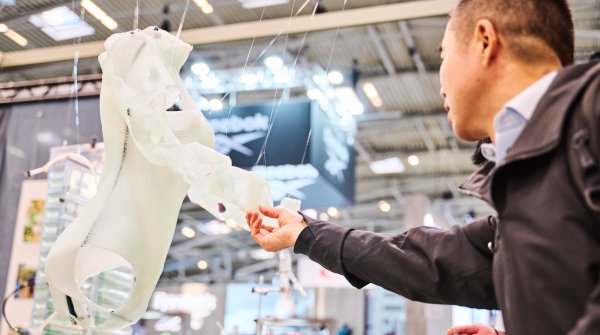- Sportswear market grows faster than fashion market
- The importance of sport and health is growing worldwide
- Established brands versus challengers
- Success factor: Visible innovation
- Credibility through specialization
- Sponsorship: focus on up-and-coming talent and long-term contracts
- Direct-to-consumer or wholesale?
- Growth strategies: Diversification
- Conclusion: Managers should set these priorities
The fashion industry is worried. Only 20 percent of executives at international fashion companies believe that conditions will improve after 2024, 41 percent expect them to remain the same and 39 percent expect them to worsen. The economic outlook remains uncertain and sluggish in all markets. The industry is therefore facing another turbulent and uncertain year, say the authors of the study. "The long-feared economic slowdown has materialized. Consumers, who have been affected by the high inflation of recent times, are becoming increasingly price-sensitive", the report states. This even applies to the luxury sector, which is now reporting losses for the first time in a long time.
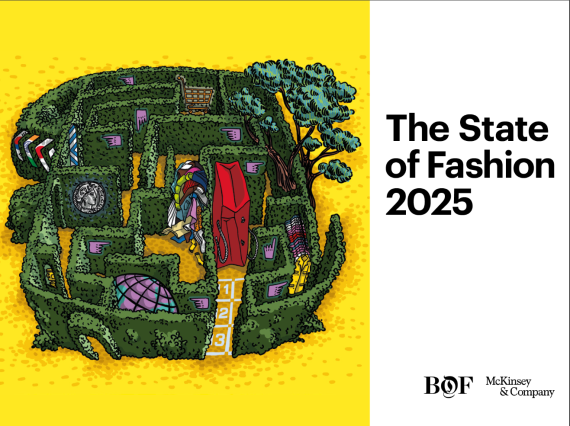
Instead, fashion consumers have discovered their enthusiasm for sportswear and are increasingly fishing in foreign waters. More specifically, in the sportswear market instead of the fashion market. Many sports brands and retailers have benefited from this development. In 2023, the sportswear market in key regions grew faster than the broader fashion market, namely by two to three percent in China, five to six percent in the USA and two to three percent in Europe. Managers in the sports industry are correspondingly more optimistic about the future. In contrast to the fashion industry, 90 percent of sportswear companies are forecasting either stable or rising sales for the coming year.
One of the most important growth drivers in the sports industry is the blurring of boundaries between fashion and sportswear. For example, two out of three millennial and Gen Z customers wear athleisure clothing, such as leggings or jogging pants, several times a week. Of course, this is not without reason. More and more people are recognizing the importance of health and well-being in their lives and are visibly expressing this in their lifestyle. According to the report, this applies to all age groups, with 56% of Generation Z customers considering fitness a very high priority, and older generations are also becoming more active worldwide. In line with this, the way people spend their vacations is also changing. The global sports tourism sector is forecast to grow by 18% by 2030.
The report considers the so-called challenger brands to be particularly successful. These include brands such as Hoka, On, Vuori and Alo Yoga, but also traditional brands such as New Balance and Asics, which have aggressively conquered market shares in recent years. From January to the end of September 2024, the share price of Asics rose by 168%, that of On by 91% and that of Hoka's parent company Deckers by 38%. The established brands in this area show a different development, except Adidas, which has just raised its forecast - thanks to the Samba. By 2024, these fast-growing challenger brands are expected to account for 57% of the sportswear segment's economic profit*, almost tripling since 2020. According to the McKinsey Global Fashion Index, this would mean they would surpass the established "Big Four", i.e. Nike, Adidas, Puma and Under Armour, in terms of economic profit for the first time. Naturally, this also appeals to investors who like to invest in such brands.
Technical innovation is the DNA of the sportswear industry. But in recent years in particular, brands have limited themselves too much to developing products in small steps instead of launching major innovations on the market. The authors complain that these innovations have often not been visible enough, which is why they have attracted less attention from consumers. In contrast, challengers in the running shoe sector have repeatedly come up with completely new looks, such as the oversized sole constructions from Hoka or the CloudTec soles from On.
The fact that less has happened in the field of innovation in recent years can also be seen in the number of patent applications. The number of patents granted fell by 55% between the fourth quarter of 2021 and 2023.
Brands that are able to recognize niches, appeal to the communities there and win them over are particularly successful. This is naturally much more difficult for large sports brands with a broader range of sports categories. This is the only way that Lululemon, for example, has succeeded in conquering the women's sports market, while brands such as Nike still make less than 25 percent of their wholesale sales from women's clothing.

What's more, these brands are quickly gaining reach through collaborations with celebrities or cultural platforms. New Balance, for example, with Jack Harlow, Alo Yoga with Kendall Jenner and On with Zendaya. Hoka, on the other hand, invested in partnerships with cultural platforms such as Hypebeast and End. When it comes to selecting athletes, these brands tend to be on the lookout for up-and-coming talent. Six years ago, for example, New Balance signed the now 20-year-old American tennis player Coco Gauff, who just a few days ago won the highest prize money in the history of women's tennis.
But partnerships with smaller brands are also attractive for athletes because they expect to have better control over their image. In any case, the prospects for athletes are not bad: the market for sports sponsorship is expected to grow from 63 billion US dollars in 2021 to 109 billion US dollars in 2030.

However, the increasing direct-to-consumer (DTC) efforts of established brands have also created new opportunities for challengers, which of course was not the intention. While brands such as Nike and Adidas began to prioritize their own channels and neglect wholesale in the late 2010s, a lot of retail space became available online and offline at existing retail partners that needed to be filled. Brands such as Hoka, Asics and New Balance were able to fill this gap.
Further developments are now showing opposing trends: The challengers see the best opportunities for expansion in the DTC business, while the established brands, which had rejected the classic wholesale business some time ago, are increasingly looking to return to it. Hoka, for example, opened its first US flagship store in New York in June 2024, and Adidas is also generating good sales again in the sports retail sector. At the same time, DTC specialist Lululemon, which previously generated 90% of its sales through its own channels, has teamed up with Zalando to expand its distribution in Europe.
Ultimately, the shifts between distribution channels also led to retailers trying to reduce their dependency on the major brands. Footlocker, for example, has announced that it will reduce Nike's share of sales from 70 percent in 2023 to around 55 to 60 percent by 2026.
In order to generate further growth, the boundaries between athleisure and performance will continue to blur. This is simply because diversification is an important growth strategy and more and more brands are moving into each other's territories. For example, Alo Yoga launched its first performance-oriented running shoe in 2024, whereas the label was previously only known for athleisure, yoga and
training apparel. This year, On also ventured into the tennis business (racquet sports are currently growing strongly worldwide. Google searches for"tennis" have increased by 75 to 80 percent since the beginning of 2024) and has also just launched a streetwear collection, the Ikon Collection. Lululemon is also trying to strengthen its men's business, which is set to double by 2026 compared to 2021.
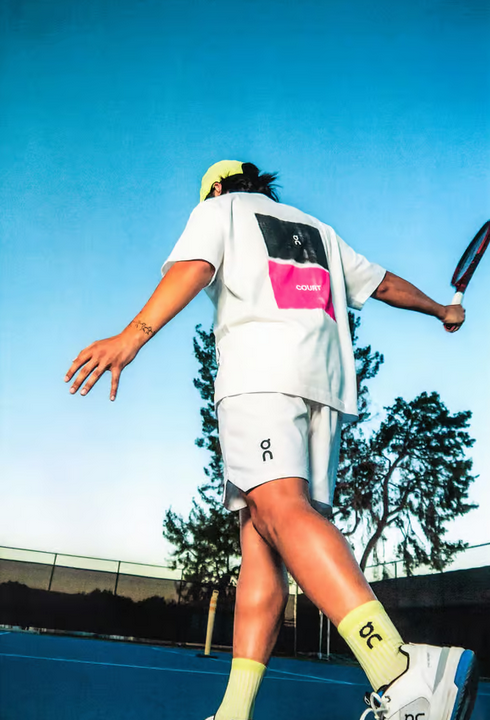
And what does the consulting firm McKinsey advise the sports industry to do in 2025 in order to remain optimistic about the future? The authors advise investing in product innovations, both in core areas and when expanding into new categories. "The product remains king," says the study. However, more communication is needed to properly communicate innovation to consumers. "Redouble your product marketing efforts to communicate the benefits of innovation." This has become even more important, as has the clarity of the message.
Speaking of communication, brands should build partnerships with ambassadors on a macro and micro level and secure aspiring athletes early on. Celebrities can also be useful for brand storytelling, as can local communities for authenticity.
In terms of the right distribution strategy, the authors recommend balance: DTC for engagement and storytelling while nurturing retail channels to maximize reach and profitability.
*Economic profit (EP) is a key figure defined as currency-adjusted net operating profit less adjusted taxes (NOPLAT) less cost of capital (WACC, multiplied by invested capital) and reflects the economic value created by operating activities and investments.
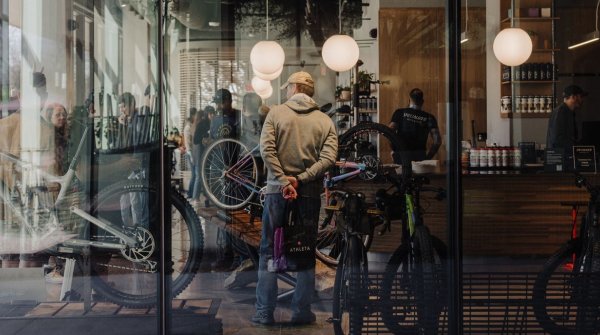 Sports BusinessThe future of the bike industry: 6 innovative bike stores
Sports BusinessThe future of the bike industry: 6 innovative bike stores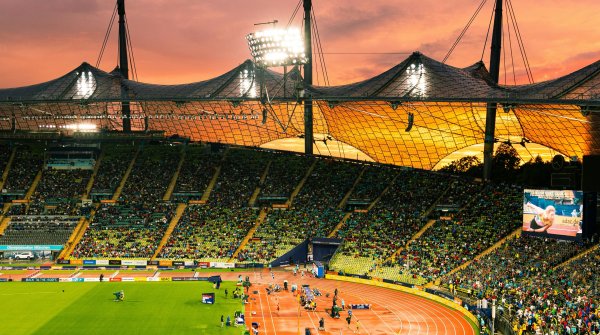
- ISPO awards
- Mountain sports
- Bike
- Design
- Retail
- Fitness
- Health
- ISPO Job Market
- ISPO Munich
- ISPO Shanghai
- Running
- Brands
- Sustainability
- Olympia
- OutDoor
- Promotion
- Sports Business
- ISPO Textrends
- Triathlon
- Water sports
- Winter sports
- eSports
- SportsTech
- OutDoor by ISPO
- Heroes
- Transformation
- Sport Fashion
- Urban Culture
- Challenges of a CEO
- Trade fairs
- Sports
- Find the Balance
- Product reviews
- Newsletter Exclusive Area
- Magazine




